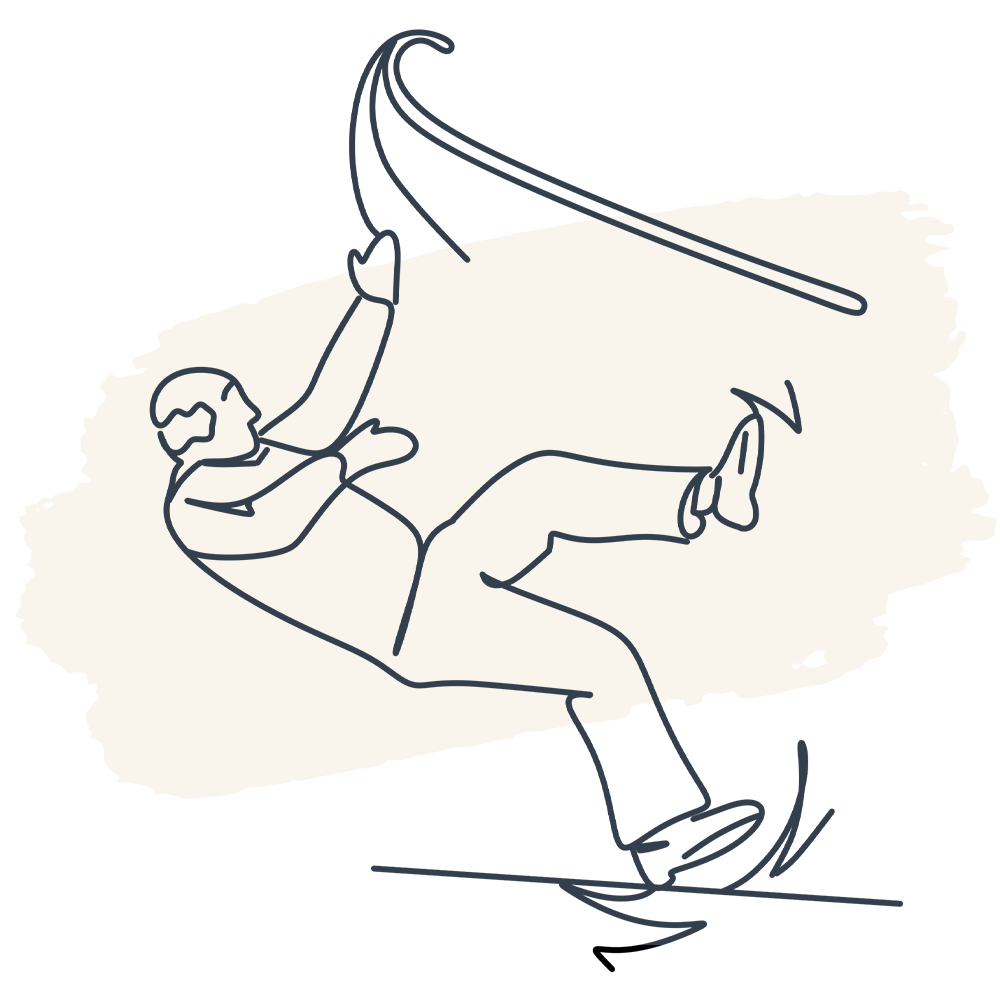Falls are a significant concern for older adults and should always be taken seriously, even if there is no related injury.
Falls can be a symptom of a new or worsening health problem, potentially leading to severe injuries and affecting independence and quality of life.
This guide is designed to help those supporting an ageing relative or friend to understand the risks associated with falls, identify common causes, implement effective strategies to prevent them, and what to do post-fall to promote safety and wellbeing.
Disclaimer: These guides are not a substitute for medical advice – always seek professional help. Remember, healthcare professionals will not share information about a patient unless they have been permitted to do so.
How This Information Can Help You
Understand Risk Factors
Learn about the factors that increase fall risk in older adults, such as muscle weakness, poor balance, home hazards and certain medications, and how to address these issues.
Create a Safer Environment
Discover strategies for making living spaces safer to help prevent falls, including removing hazards, improving lighting, and installing grab bars.
Frequently Asked Questions
Get answers to common queries about falls, from understanding their impact to knowing when to seek medical advice.
How to Respond Post-Fall
Guidance on the immediate steps to take after a fall, including injury assessment, seeking medical attention, and how to prevent future incidents.
Guides to Managing Falls
Frequently Asked Questions about Managing Falls
Explore our FAQs to understand more about tackling falls in older adults





